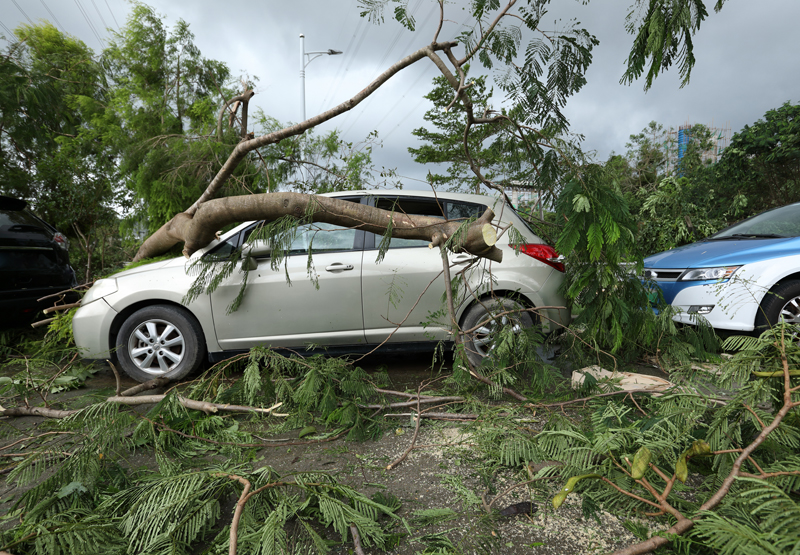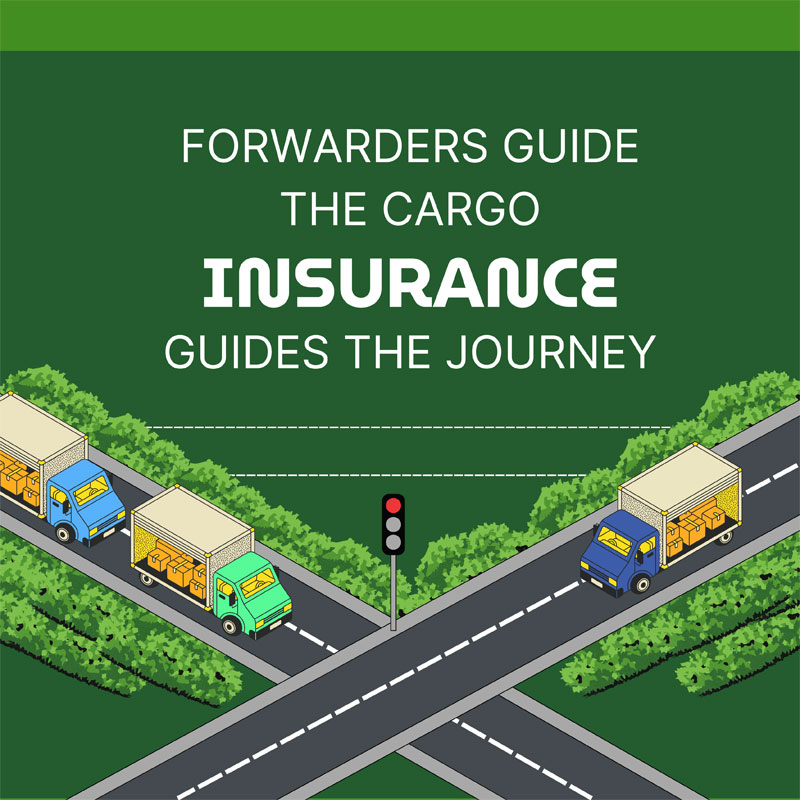27 MAY, 2024
Comprehensive commercial motor insurance in a climate change world
In the wake of the tragic tree falls we’ve seen in urban Kuala Lumpur, our latest article takes a look into the role comprehensive personal and commercial car insurance, and other key policies, play in protecting vehicles and people from unforeseen natural disasters.

HOW WELL DO YOU UNDERSTAND YOUR VEHICLE INSURANCE POLICY?
Most of us buy motor insurance, file it and forget it until we need to make a claim. In an ideal world nobody would have to claim but in a climate change world, things are getting steadily more risky. And that means it’s more important than ever to know exactly what you’re protected against.
So what would have happened if you were involved in the tragic tree falls we’ve experienced in Kuala Lumpur recently? You might be shocked to realise you wouldn’t be covered unless you hold comprehensive motor insurance.
Basic car cover doesn’t insure you against natural disasters like floods, landslides, earthquakes, hurricanes, storms and fallen trees. To protect your finances against that, you need to have comprehensive cover in the first place, which you then upgrade to include something called ‘special perils'. You can’t extend a standard motor policy in the same way.
Like every type of insurance it’s a matter of weighing up the risks versus the costs and benefits. If you can afford the extension, which can be expensive, consider this: is it worth paying more to cover the extra risks today’s extreme weather brings?
Perhaps, if you live in KL or any other city with tree-lined streets, the answer will be ‘yes’. The same goes if you live somewhere particularly flood prone, or where there’s an increasing likelihood of the high winds and heatwaves that create wildfires, like those we saw in 2021 at the Kuala Langat Selatan Forest Reserve.

KL TREE FALLS – ACCIDENT OR TREND?
We were shocked when a man was killed by a tree falling on his car at Jalan Sultan Ismail. Then, when another tree fell a few days later, we were even more shocked. One tree falling is an accident, two could be the beginning of a trend nobody wants to take root.
The first accident saw seventeen vehicles outside the Concorde Hotel damaged after a violent thunderstorm. One Malaysian man died, another 26 year old Malaysian man was injured and an elderly foreign national was hurt. 27 staff from three KL Fire and Rescue departments attended the scene, freeing two people from a car before confirming one of them, the young man, had died.
Some of the vehicles were stuck under the fallen tree, leaving the terrified drivers trying to escape. People from a nearby hotel rushed to help. There was so much debris scattered around the area that the monorail above Jalan Sultan Ismail was damaged and services suspended, causing chaos for drivers and commuters alike.
Less than a week later another tree fell, after another huge thunderstorm, bringing the city’s central business district to a halt for a second time. 3.30 in the afternoon is a busy time and the area in front of Menara Prestige on Jalan Pinang, near Petronas Twin Towers, is always full of traffic. More traffic chaos followed, with three cars and five motorbikes damaged. Luckily there were no fatalities or injuries but Melaka’s Chief Minister Datuk Seri Ab Rauf Yusoh had a narrow escape as he drove past with a police escort.
THE REASONS WHY KL’s URBAN TREES FALL

The trees lining KLs’ roads are big and old, sitting in shallow soil with little nutrition. This weakens them, making them more likely to fall when there’s extreme weather. While the authorities are supposed to keep an eye on the trees and make sure they’re safe, routine tree inspections might not have taken place. Add the fact that the type of tree isn’t really suitable for roadside planting and you can see why they’ve started to topple. Climate change is only going to increase the risk. So what are the overall insurance implications of accidents like this?
- If the city council is found liable for negligence, their public liability insurance policy will cover their financial obligations
- If the loss was caused by council roadworks, affected people can claim directly to the council for damage or loss
- If property was damaged, the owners' commercial property policies should pay out
- If injured people have personal accident insurance, it should pay out to support their recovery
- If an insured person is killed their Personal Accident policy should pay a sum to their loved ones to cover the financial difficulties they experience
In times when natural disasters are more likely than ever, insurance matters more than ever. Make sure you have the right cover to suit your attitude to risk, your finances, and the risks you actually face. Then, when something unexpected happens, you won’t be left high and dry.
Sources
https://themalaysianreserve.com/2024/05/07/man-killed-after-tree-falls-on-car-at-jalan-sultan-ismail/
https://www.malaymail.com/news/malaysia/2024/05/13/fallen-tree-brings-traffic-to-standstill-along-kls-jalan-pinang-less-than-a-week-after-jalan-sultan-ismail-incident/134097
https://sg.news.yahoo.com/concerns-over-tree-stability-along-100841037.html
https://www.malaymail.com/news/malaysia/2021/03/02/kuala-langat-selatan-forest-fire-spreads-to-over-40-hectares-says-selangor/1954203
NOT UP-TO-DATE WITH OUR MONTHLY ARTICLES? FIND ISSUES HERE
IF IT CAN HAPPEN THERE, IT CAN HAPPEN ANYWHERE. OVERCONFIDENCE IS USUALLY HOW LOSS SNEAKS IN
AKTIV ASPAC AT MIAPEX 2025:
WHERE COMPLIANCE MEETS CONNECTION
TRANSPORT LITHIUM BATTERIES SAFELY – A RISK & INSURANCE PERSPECTIVE FOR FREIGHT FORWARDERS
ERRORS & OMISSIONS
GROWING A PICKLEBALL BUSINESS? DON’T OVERLOOK INSURANCE
MALAYSIA'S DRAMATIC MONSOON FLOODS - HOW INSURANCE HELPS
A YEAR TO REMEMBER - 2024 TYPHOONS, FLOODS, SHIPWRECKS AND SINKHOLES
PROSTHETIC PIRATE LEGS, RIVERBANK COLLAPSES, HALF A MILLION JOBS IN AI AND MORE
BOOMING INDUSTRY, POTHOLES, MID-AIR THEFT AND EMPLOYEE SHORTAGES
UNSEEN INSURANCE STORIES BEHIND THE HEADLINES
